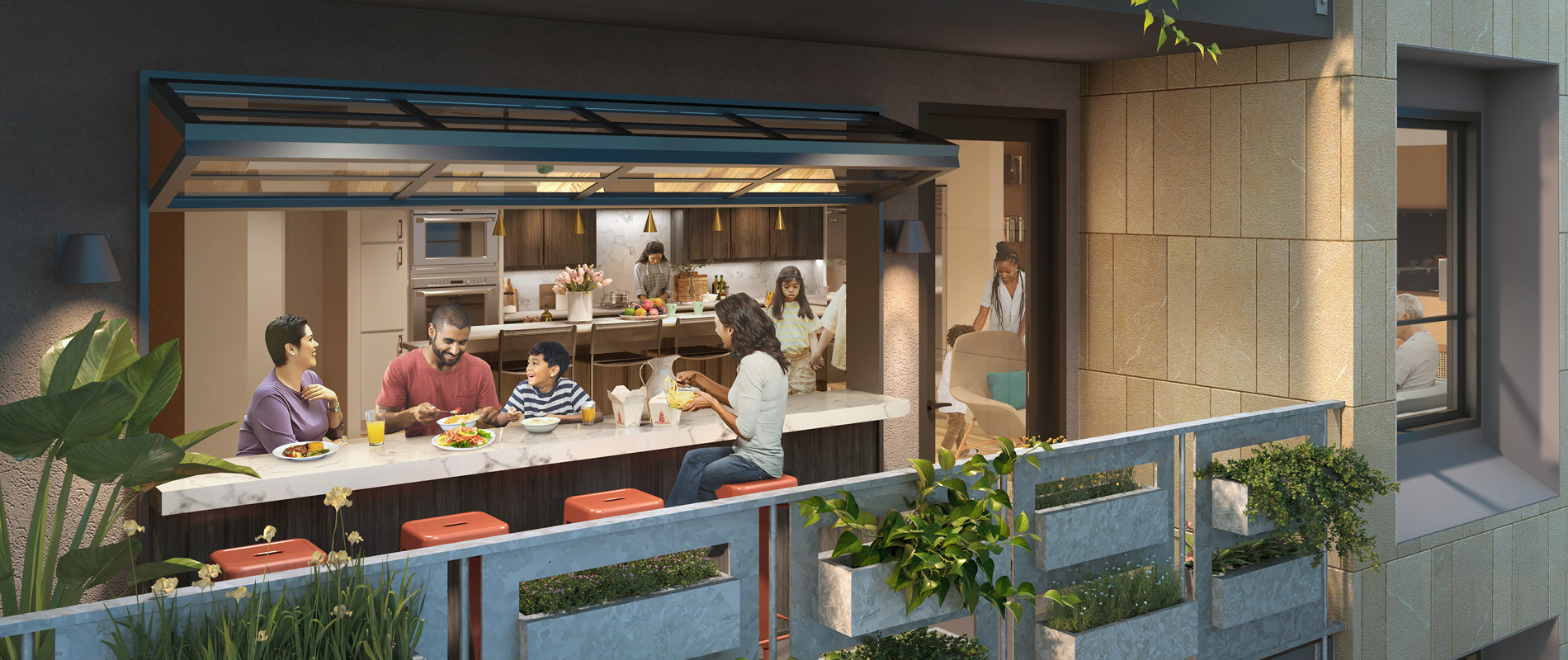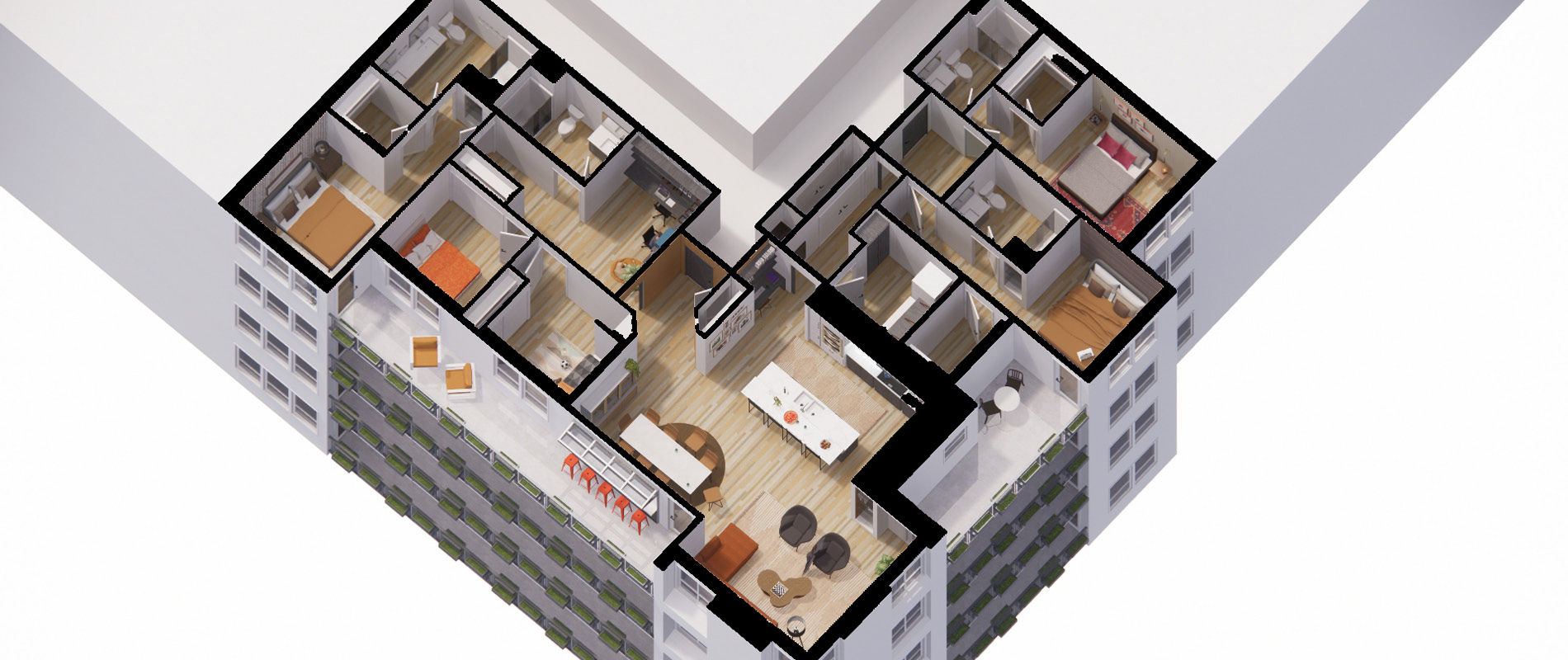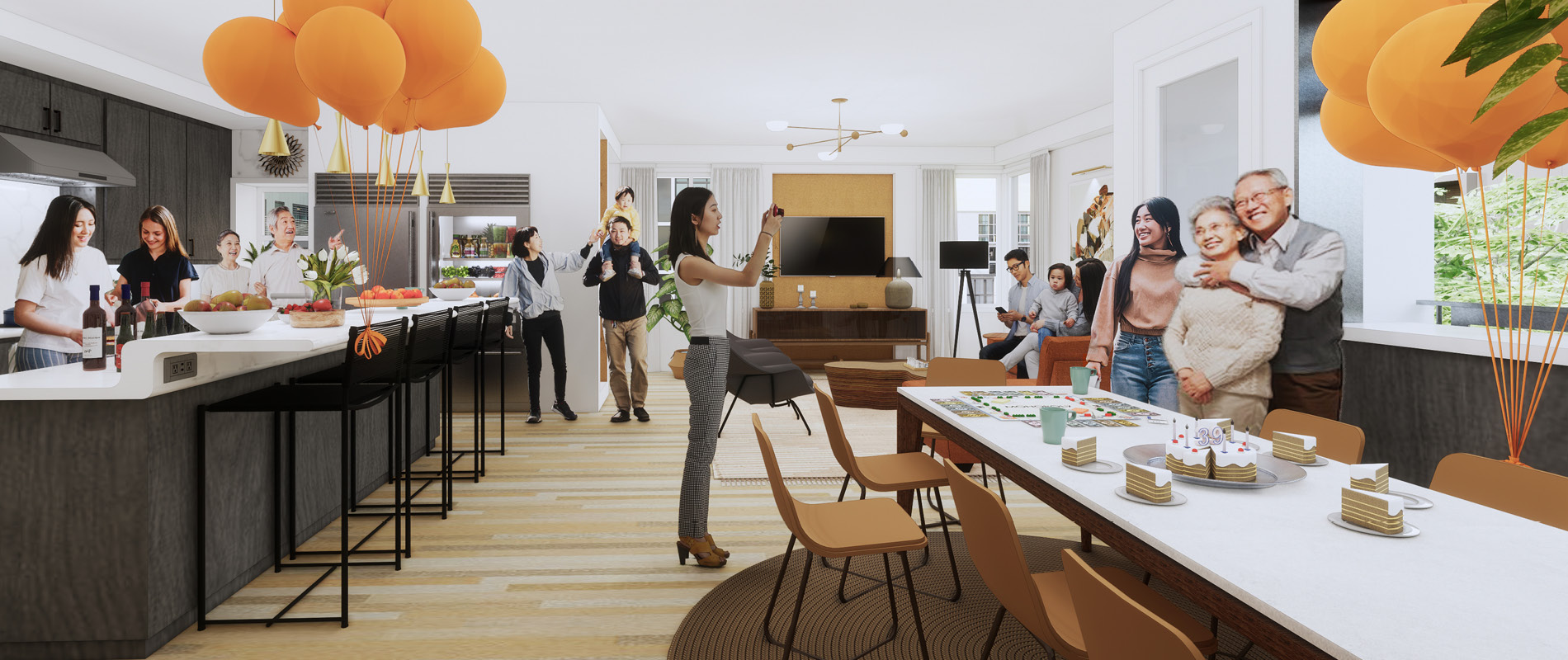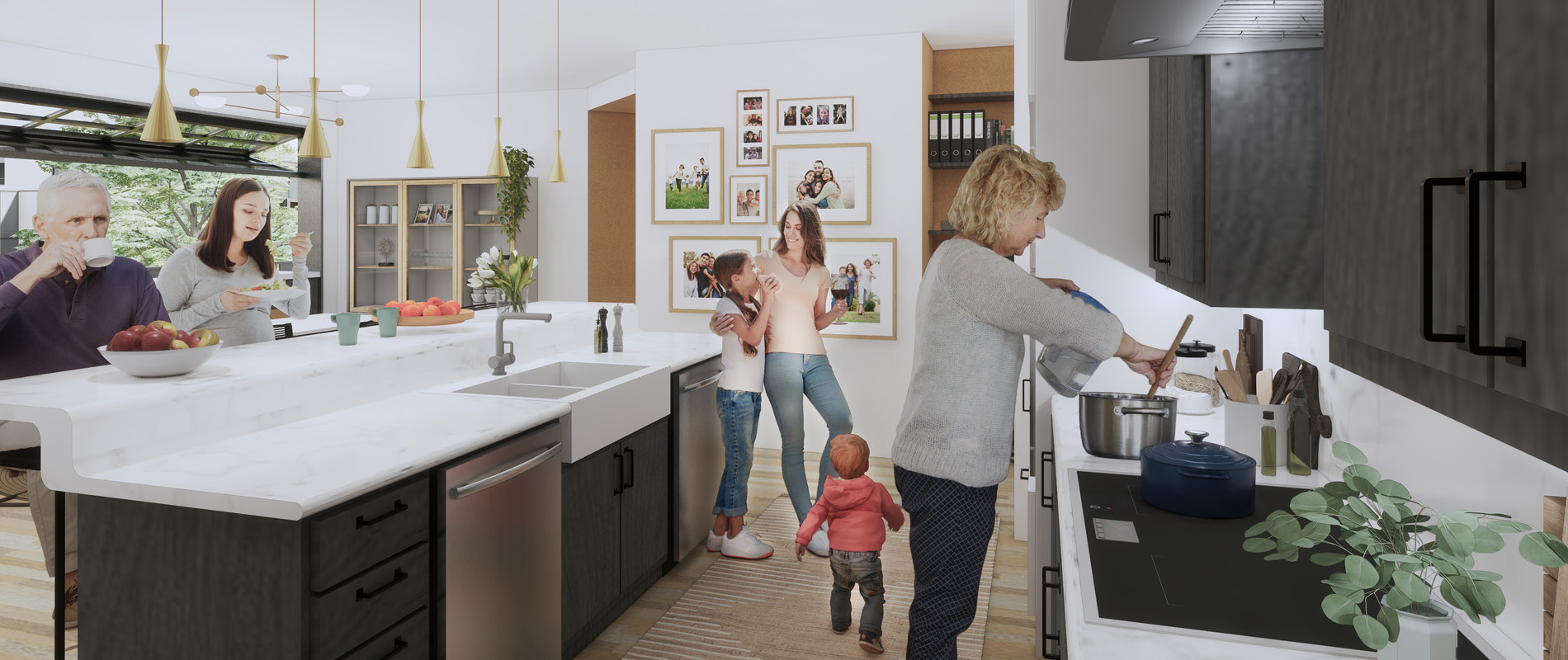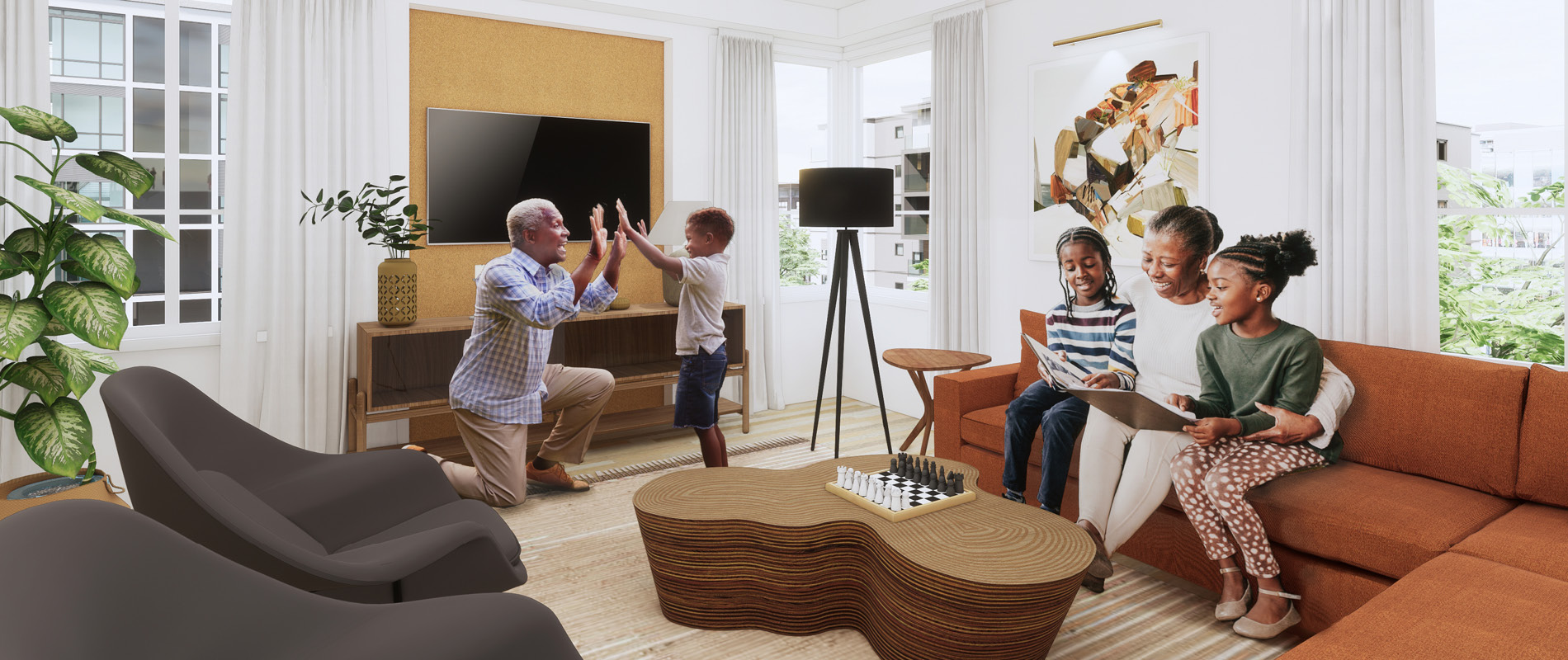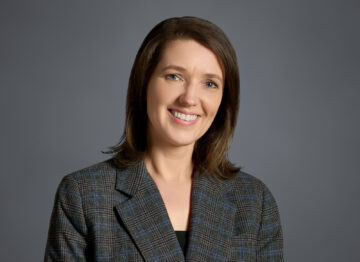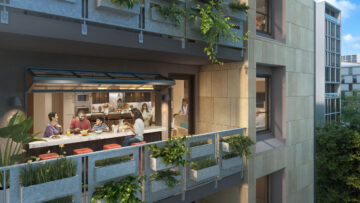In 2023, the United States Census Bureau estimated over 4.9 American household consisted of two or more adult generations. The number of American adults aged 25 to 34 living in multigenerational homes has steadily increased from nine percent in 1971 to 25 percent in 2021 (Pew Research Center).
With rising rents and soaring student loan debt, young adults may choose to live with family members to increase their capacity to build savings, tackle debt, and pursue further education. Older Americans who find themselves with insufficient retirement funds may reduce their living expenses through multigenerational living. Additionally, the rising costs for childcare can significantly impact family finances. According to a LendingTree report, the average annual cost for center-based childcare increased 41 percent from early 2020 to early 2022. Multigenerational living allows extended family to work cooperatively to provide caregiving, reducing expenses while also building lifelong connections.
While financial challenges are the leading driver for the formation of multigenerational households, lifestyle satisfaction also contributes to Americans choosing multigenerational lifestyles. A growing population within the Hispanic-American and Asian-American communities aligns with a culture preference to live in multigenerational households. According to the Pew Research Center, most Americans living in a multigenerational household consider their living situation convenient. And, while less than a quarter experience stress in multigenerational living, more than half of find their living experience rewarding.
In support of the growing demand for multigenerational housing, local jurisdictions nationwide have been enacting new regulations to expand the opportunities for single-family homeowners to build accessible dwelling units. However, new multifamily development has yet to mirror this desired living arrangement in a stacked flat configuration.
As a solution for how multifamily housing can better support the needs of multigenerational households, KTGY’s Research and Development Studio designed Family Flat: a multi-part unit plan that focuses on balancing the need for individual privacy with the benefits of multigenerational connectedness. Family Flat conceptualizes a design for multigenerational living within a multifamily residential development with a three-bedroom, two-bathroom suite and two single-bedroom suites, all connected to a large, shared living, dining, and kitchen area. Dual entries, sliding doors, and adjoining balconies further support the unique needs of multigenerational households.
Combining private spaces with shared family areas, the Family Flat concept design allows families to live in proximity while providing a degree of separation. Adaptable spaces support a wide range of activities, accommodating families as they grow and evolve. Whether one stack of units or many, the Family Flat unit plan design can easily mix with more traditional units within a multifamily development.
An increasing number of American families live in multigenerational households, either by necessity, convenience, or choice. Given the inherently changeable nature of multigenerational living, multifamily residential design has an opportunity to include units designed specifically to meet the unique needs of multigenerational households. With an increased number of bedrooms and en suite bathrooms, dual entries, and expanded living and kitchen areas, three or more generations can easily share space and benefit from experiencing daily life with both younger and older family members.
